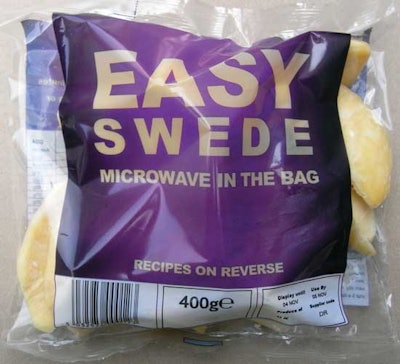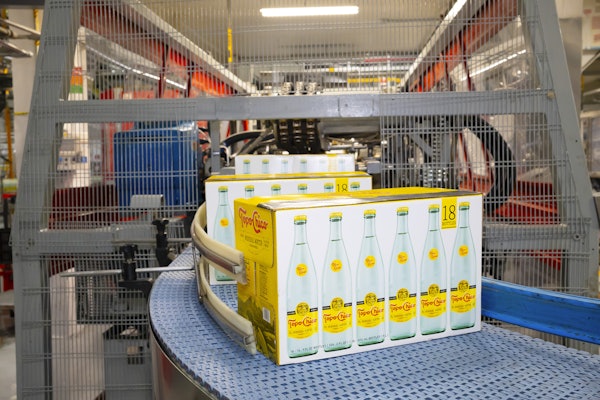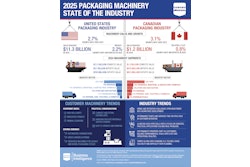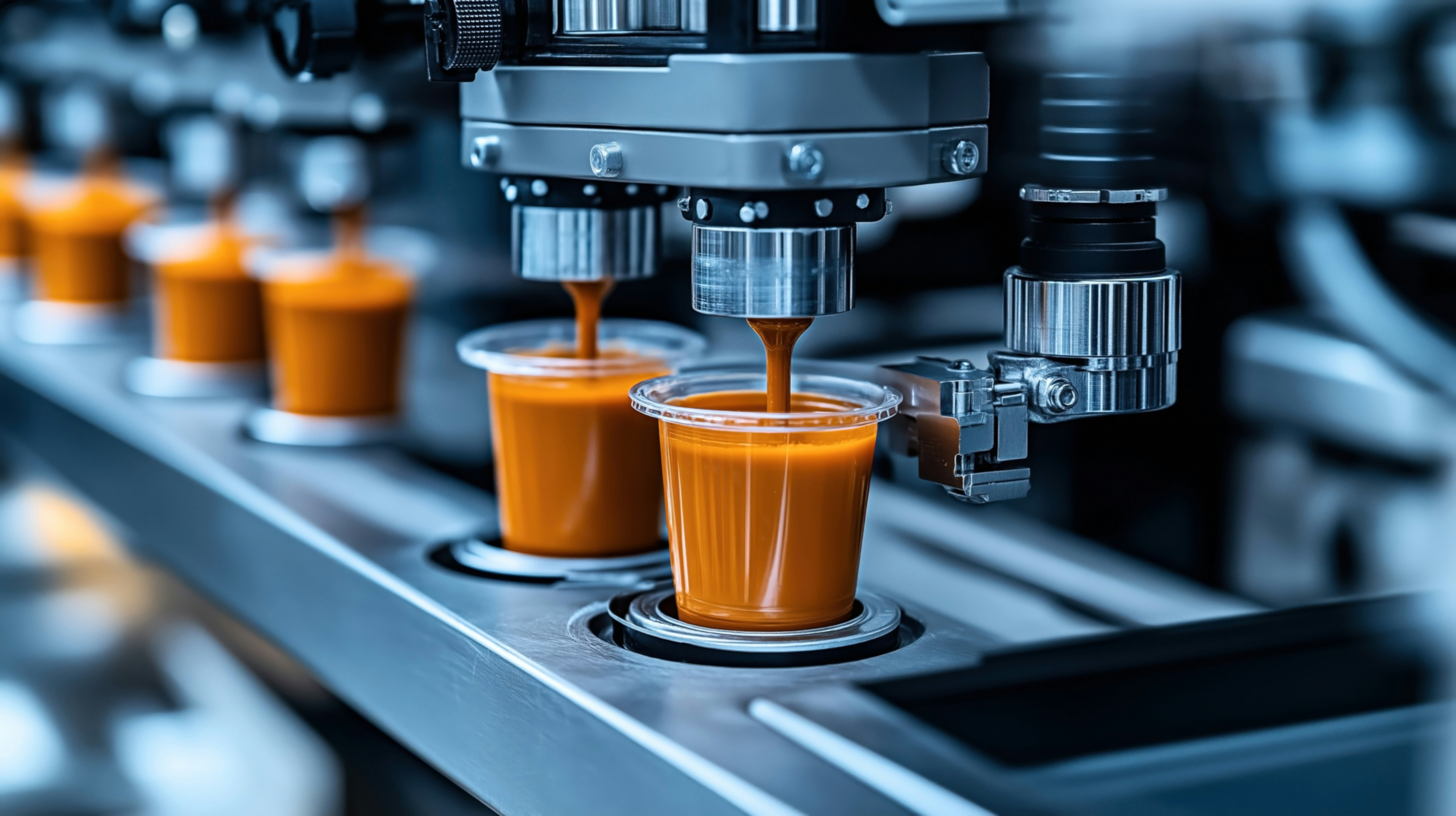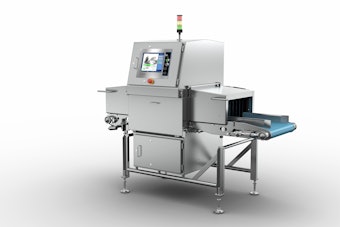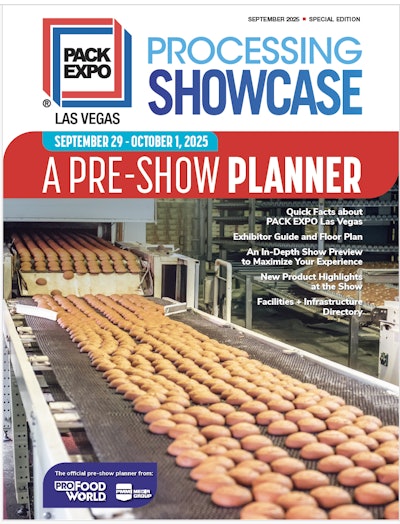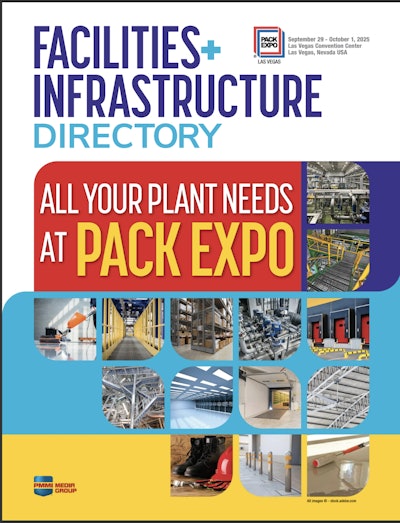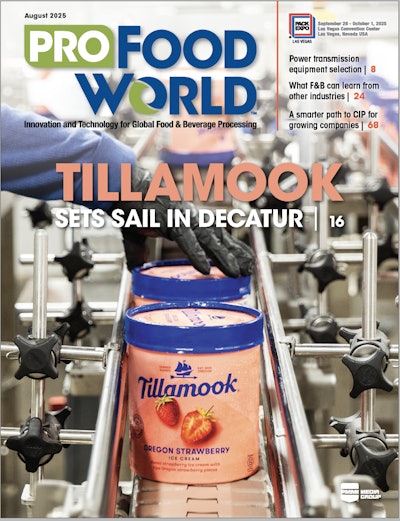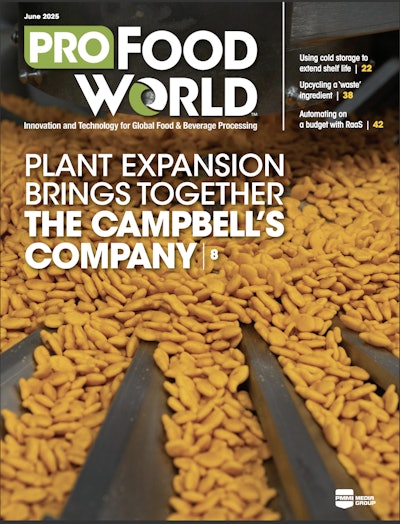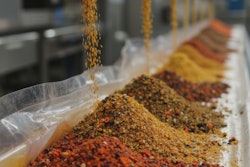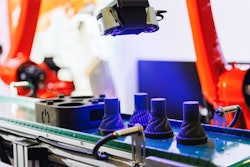Drysdales of Scotland—a grower of Brussels sprouts, leeks, and rutabagas—has been quietly leading the way in its commercial applications of a new approach to modified atmosphere packaging of fresh-cut produce.
Like all marketers of fresh-cut produce, Drysdales seeks to create packages whose permeability is optimally matched with the respiration rate of the produce in the package. As long as just the right amount of gases is allowed to enter and exit the package, the produce stays fresh under refrigerated conditions for an optimal length of time.
Also like other fresh-cut produce marketers, Drysdales relies on laser micro-perforation of its packaging films to achieve the desired permeability. But Drysdales has pushed the envelope by doing its own micro-perforation in-house. Traditionally it’s done by a film converter. The produce marketers are responsible for knowing the respiration rate of produce to be packaged and communicating that information to the film converter. It’s the converter’s responsibility to micro-perforate the film to the produce marketer’s specification.
There is, however, a fly in the ointment where the above sequence is concerned. The thickness of the film being laser micro-perfed is not perfectly consistent. Minute though the variations might be, they lead to inconsistencies in film permeability because while the laser energy is constant, the thickness of film being perforated by the laser is not. When a section of film entering the laser perforation chamber is thicker than the nominal spec, the perforation that’s made will be smaller than it’s supposed to be, which in turn will lead to a permeability that is suboptimal and, consequently, shelf life that is suboptimal. When the film is thinner than the nominal spec, the laser energy makes a larger perf than it’s supposed to and, once again, permeability and shelf life are thrown off.
A solution to this seemingly inherent inaccuracy came to Drysdales a few years ago in the form of a company called PerfoTec and what it calls Automated OTR Control. It uses an online camera to capture an image of the perforations being made by a film converter. PerfoTec software calculates the amount of oxygen that can permeate those perforations and sends that data to a PLC. If the PLC detects a permeation rate that is too high or too low, it automatically signals the laser to adjust accordingly. The adjustment can be made within a package or two as long as packaging is taking place at conventional speeds.
Drysdales has been using PerfoTec technology for the past several years on Brussels sprouts packed in polypropylene on vertical form/fill/seal systems. The MicroPerf gear is mounted on the plant’s f/f/s systems.
New from Drysdales as of last fall are Easy Swedes. In the UK, rutabagas are known as “Swedes,” and these particular Swedes can be microwaved right in the bag. Thus the name “Easy Swedes.”
With Easy Swedes, three important processing steps precede packaging, says general manager Chris Keenan. “We abrasively peel the rutabagas and then polish them,” says Keenan. “The peeling shatters the cells at the surface, which in turn makes that surface tough enough and crusty enough so that water doesn’t easily penetrate. Polishing addresses this shattered-cell condition and returns the surface of the rutabaga to a condition where water can penetrate as it’s supposed to.”
The third processing step is cutting the large, round rutabaga into eight wedges in an automated press. Following a quick dip in ascorbic acid, the wedges move to a vertical form/fill/seal machine. Above it is a combination scale that meters 500 g of sliced rutabagas into the PP film that is formed into bags by the f/f/s system. The film, of course, is microperfed on PerfoTec’s Automated OTR Control system. Graphics are printed by the converter, so the f/f/s system makes pouches in register. A clear window on the back lets shoppers see the product inside.
Finished packs are sold through the Tesco’s chain of supermarkets for about 89 pence ($1.45 U.S.) each. The consumer simply puts the bagged product into the microwave for 10 minutes and then serves the conveniently cooked product with butter, olive oil, or salt.
“The rutabaga is difficult to cut and difficult to prepare when it’s purchased raw in the store,” says Keenan. “Processed and packaged this way, it becomes a convenient produce option to enjoy.”
Drysdales is pushing the PerfoTec technology even further with its recent installation of a PerfoTec Fast Respiration Meter (FRM). The need for such a device stems from the fact that produce respiration rates vary considerably depending not just on the part of the growing season in which vegetables are harvested but also on such things as the amount of water or sun or nutrients to which they are exposed. Produce packers can have their product tested to more accurately pinpoint its respiration rate, but current technology requires a week or so for the testing to be completed. And then once this more precise respiration rate is known, it has to be communicated to the film converter so that the size of the holes being microperforated can be optimized. The amount of time involved makes this a less than desireable option, so produce packers usually base their microperforation calculations on an average respiration rate.
This is where the FRM comes in. PerfoTec describes it as a patented method of determining a vegetable’s respiration rate in eight hours. A produce marketer can then plug that number into a Perfotec Web site along with the package dimensions that are involved and the FRM system will then communicate automatically with the PerfoTec laser perforation system, mounted right on the f/f/s machine in the produce packers plant, to calibrate it for optimally sized laser perforations.
